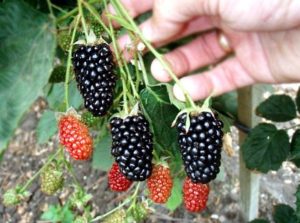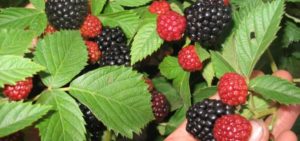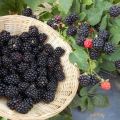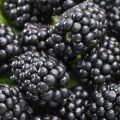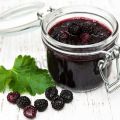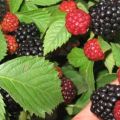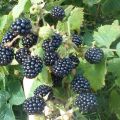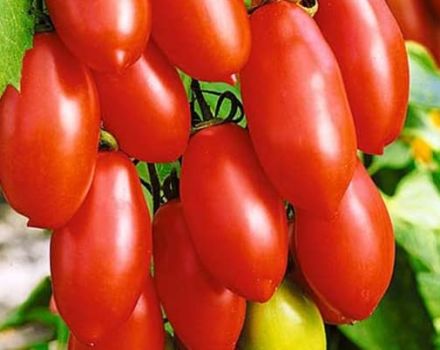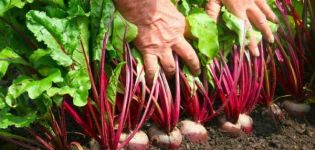The best varieties of remontant blackberries, planting, growing and care
Gardeners rarely occupy a place in the garden with plantings of remontant blackberries. And the usual is still rarely planted. But the culture is spreading fast enough. The re-harvesting blackberry was bred only 10-15 years ago. But she already has supporters who are ready to replace her usual bushes. But is this plant really so attractive?
What is different from regular blackberries
The remontant differs from a simple blackberry in the possibility of re-bearing. The first berries ripen on the shoots of the last year, and the second - on the shoots of the current one, which have grown over the summer. If you take care of the plant, as for an ordinary blackberry, then it will bear fruit once. But remontant involves carrying out competent pruning for the winter. Shoots (old and young) are shortened to stumps 20-25 cm from the soil surface.
Then feeding and shelter are carried out, for which peat, sawdust or covering material are used. The overwintered bushes will give the first harvest in June-July. And the regrown branches will delight you with repeated fruiting in August-September.
Pros and cons of remontant varieties
Gardeners who have such a plant in their country house note the positive qualities of the shrub:
- The plant is easy to prepare for winter. Pruning and shelter exclude freezing of the ground part of the plant.
- Artificially induced late flowering protects the blackberry from recurrent frost: the ovaries are not damaged, the harvest is guaranteed.
- For spring planting (April - early May) the berries will ripen in August-September. Common blackberries will delight the harvest only next spring.
- Low winter pruning is pest prevention. The affected branches are cut to a healthy area and burned.
- The bushes are very decorative throughout the season: they are either covered with fragrant flowers or ripening fruits.
- The plant is compact. When planting, it is not required to restrict the garden bed, it will not spread over the site.
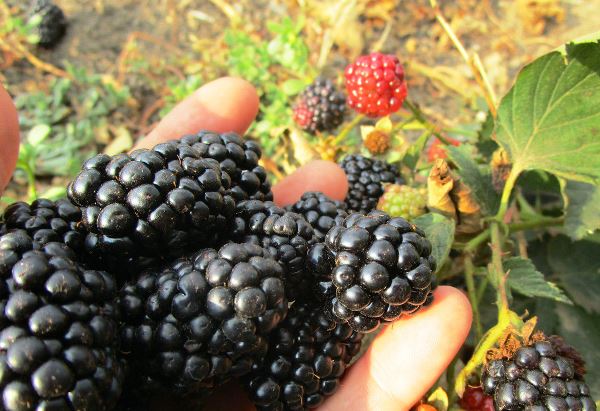
But there are also disadvantages:
- the total weight of two crops is not more than the weight of one crop of ordinary blackberries;
- increased need for hydration of the ridge;
- overloaded bushes require solid support.
Re-fruiting allows the grower to gradually process the bountiful harvest.
Classification of varieties
Blackberries can be roughly divided into:
- kumanik (its stems practically do not bend);
- dewdrop (has thin creeping stems up to 5 m long);
- semi-creeping varieties.
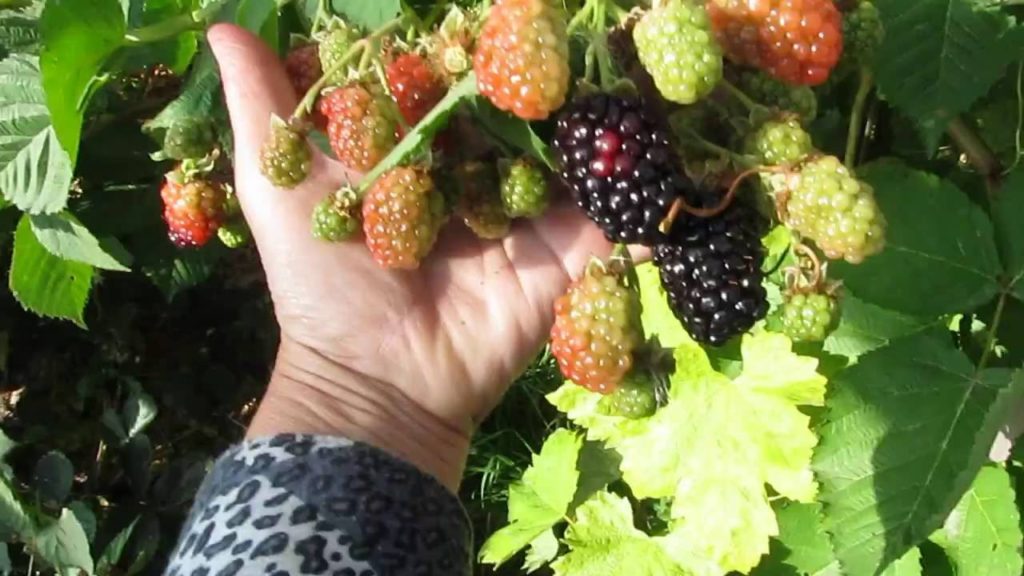
Most of the cultivated varieties grown in the gardens belong to kumanik.
By maturity
Blackberry varieties ripen at different times. According to the ripening period, plants are conventionally divided into:
- early;
- medium early;
- medium;
- medium late;
- late.
The taste of berries differs from varieties of different ripening periods.
Early
Berries on such bushes ripen at the very beginning of summer: June. But you should not expect sugariness and aroma from them: they are not. But the pulp is watery, juicy. The value of the crop is its early appearance.
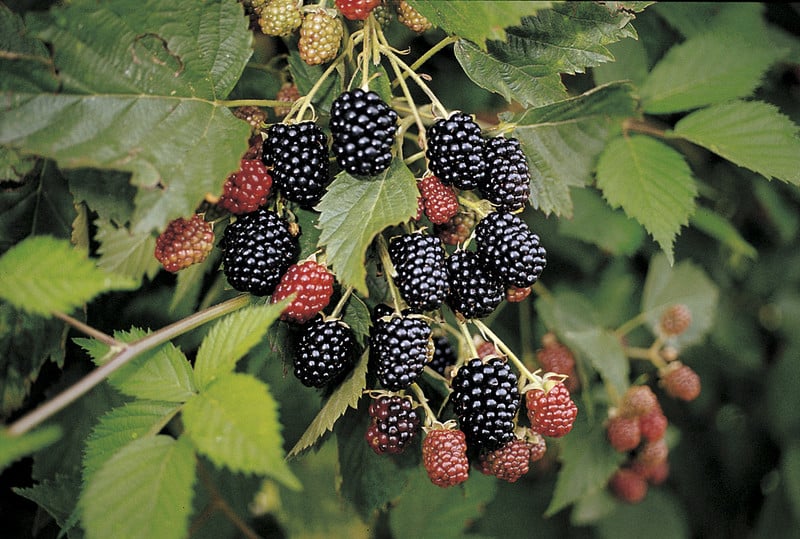
Mid-season
The berries ripen in mid-July. They are less watery, more aromatic. They are pleasant to eat fresh or to prepare compotes.
Late
Late varieties delight the gardener in August - early September. Their pulp is juicy and aromatic, the juice contains a lot of sugars. Such berries are eaten fresh, put into blanks, dried.
Winter hardy
Gardeners are attracted by winter-hardy varieties of remontant blackberries. Such bushes hibernate without shelter, their fruit buds and shoots do not freeze too much. Winter-hardy blackberries save the gardener time on preparing bushes for winter.
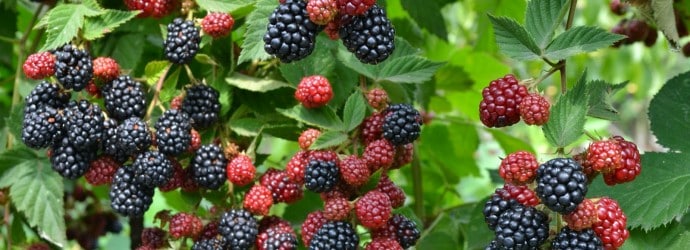
By growth characteristics
The repairing blackberry has bushes of different growth patterns. It depends on the type of shoots.
Varieties of bush blackberries
Shrub blackberries have tough, poorly bending shoots. Their height rarely exceeds 2-2.5 m. In one bush there are usually 3-5 shoots. This is enough to get the harvest. Extra stems weaken the plant.
Creeping blackberry
Such blackberries have thin, easily bending shoots. Their length reaches 5-6 m. The tops easily root independently. Over time, such a blackberry turns the site into impassable thickets. It is rarely found in country gardens.
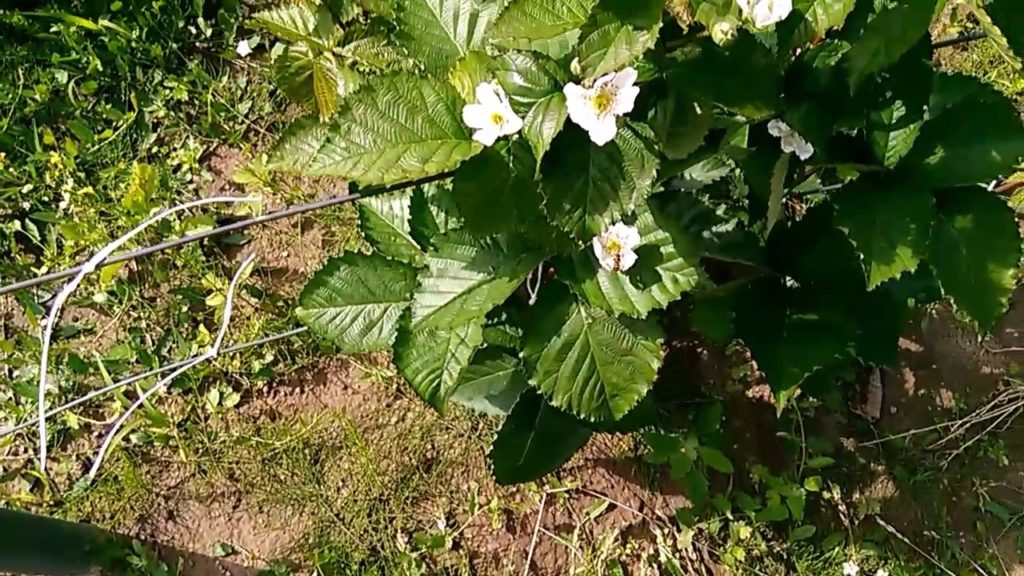
By areas of growth
Blackberry is a southerner. But due to the pleasant taste of berries and unpretentiousness, it has become widespread in different climatic zones.
For the Moscow region
In the Moscow region, remontant blackberries with erect shoots have become widespread. It is easy to care for them, but it is necessary to tie them to a support: the plant overloads itself with fruits. The best varieties for the region: Ruben, Black Magic, Prime Jim, Prime Arc, Prime Yan. They give two bountiful harvests with ease. With the complete removal of last year's shoots, the only yield increases.
For central Russia
For central Russia, early varieties of remontant blackberries are preferred. They will have time to give both crops before the onset of cold weather. In warm autumn, the plant pleases with berries until mid-October.
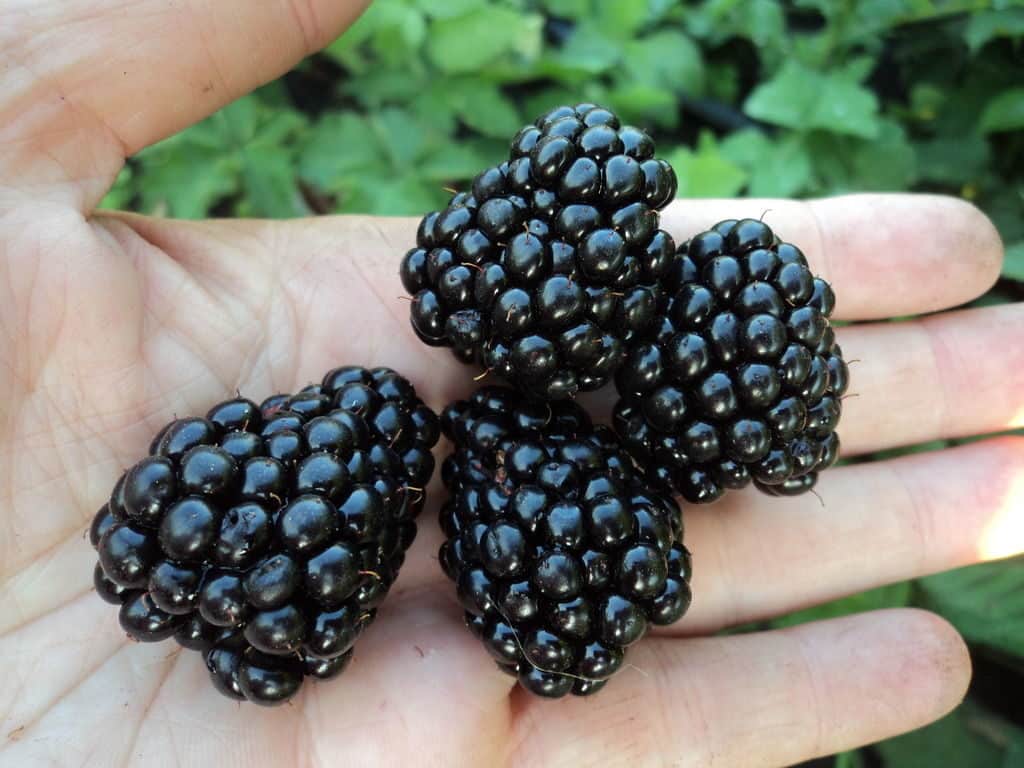
The varieties Freedom and Gigant have proven themselves excellently. Their shoots are upright, up to 2.5 m high. Plants are winter-hardy.
For the Urals
The climate of the Urals is continental. It is characterized by cold, long winters and hot but short summers. In such conditions, remontant blackberries do not feel well and bear fruit poorly.
But we can recommend some varieties that, with a good winter shelter, will delight with the harvest. It is worth paying attention to Ruben, Polar, Loch Tei.
By external parameters
Repaired blackberries differ in the habit of the bush. But gardeners are interested in another difference: the presence or absence of thorns.
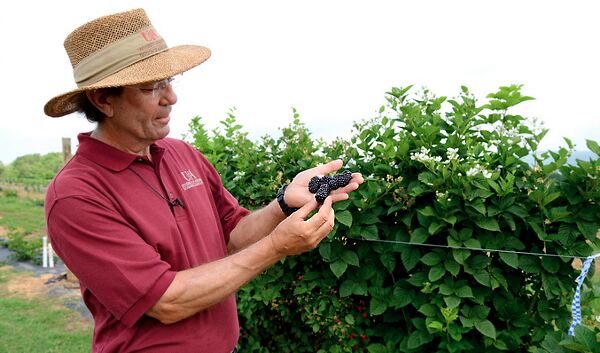
Prickly
Traditionally, the thorns of the plant are frequent and sharp. You have to pick berries with gloves. Which is inconvenient. And during trimming and garters, you have to wear special clothes so as not to damage the skin.
Tireless
Breeders have created thornless varieties of blackberries. It is much easier to care for such plants.
By yield
Gardeners want to have the most productive variety of remontant blackberries at their dachas. But it is important to remember: the declared yield is obtained only if all fertilizing, watering, garters are observed.
Among the varieties with a high yield stand out:
- Ruben (up to 7 kg per square meter);
- Prime Ark (has large berries up to 10 g);
- Giant.

These varieties traditionally give two good harvests.
How the remontant blackberry reproduces
Repaired blackberries do not grow root like traditional ones. But there are methods for its reproduction.
Layers
Reproduction by layering is the easiest way. The tip of the shoot is slightly incised, pinned to the ground and sprinkled with soil. The place is regularly moistened. After 3-4 weeks, a new bush is ready for planting in a permanent place.
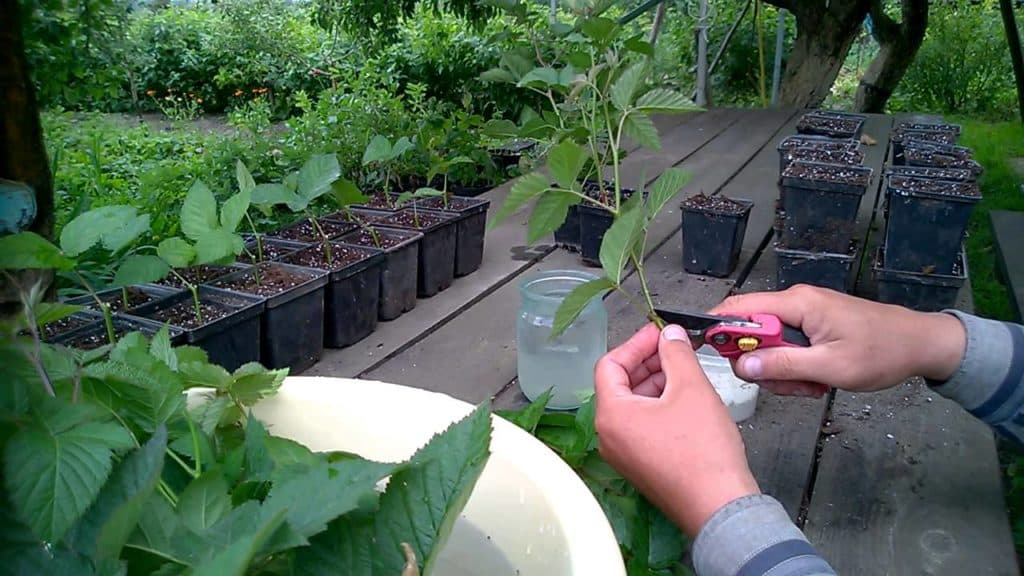
Cuttings
For this method of reproduction, a part of the stem with 3-4 buds is cut off. The upper cut is made straight and waxed. Lower - cut at an angle of 45 degrees. Leave 2-3 leaves, the rest are removed. The lower cut is placed in a root former solution. A glass with a handle is placed away from direct sunlight. After 3 weeks, the shoot takes root.
Seeds
Gardeners practically do not use this method because of its laboriousness. In addition, only varieties can be propagated in this way, hybrids do not transmit parental qualities.
Seeds are scattered over the surface of the moistened soil and placed in a greenhouse. The container must be constantly ventilated, the soil must be moistened. After the appearance of real leaves, the blackberry is planted in the mother cell, and the next year - in a permanent place in the garden.
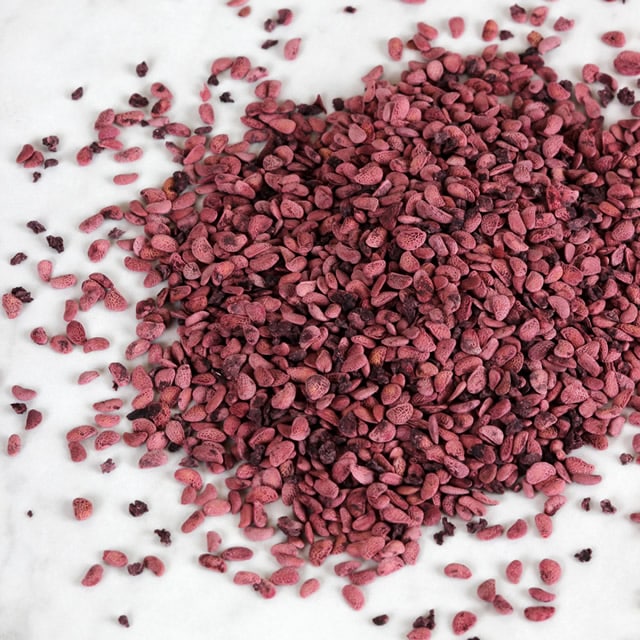
Root buds
The perfect way to rejuvenate a culture. The old plant is dug up, the rhizome is examined. Allocate healthy areas with 2-3 kidneys. Cut the root into pieces, sprinkle the slices with activated charcoal. Then the root pieces are planted in pre-prepared planting holes. It is important to regularly moisten the soil before the stems appear.
Features of planting and care
To obtain regular harvests, it is recommended to follow the rules for planting and caring for blackberries.
Soil requirements
Blackberries prefer slightly acidified, medium-nutritious soil. It grows well on medium loam and sandy loam. Heavy loams should be sanding. It is recommended to acidify sandy soils with peat.

Blackberries love organic matter. Before planting, mature compost or humus should be added to the soil. It is important to avoid high groundwater levels in bush locations.
Landing dates and schemes
Repaired blackberries are planted twice a year: in spring (April-May) and autumn (September-October). Spring planting has an advantage: the seedling will have time to build up the root system and successfully overwinter.
When planting in autumn, the gardener runs the risk of getting a frozen bush in the spring. At late planting dates, the plant should be carefully covered, the soil should be moistened.
The shrub loves sunlight. This should be taken into account when placing bushes. Plants with a powerful habit are placed at a distance of 70-90 cm from each other. Compact plants can be planted in 40-50 cm.
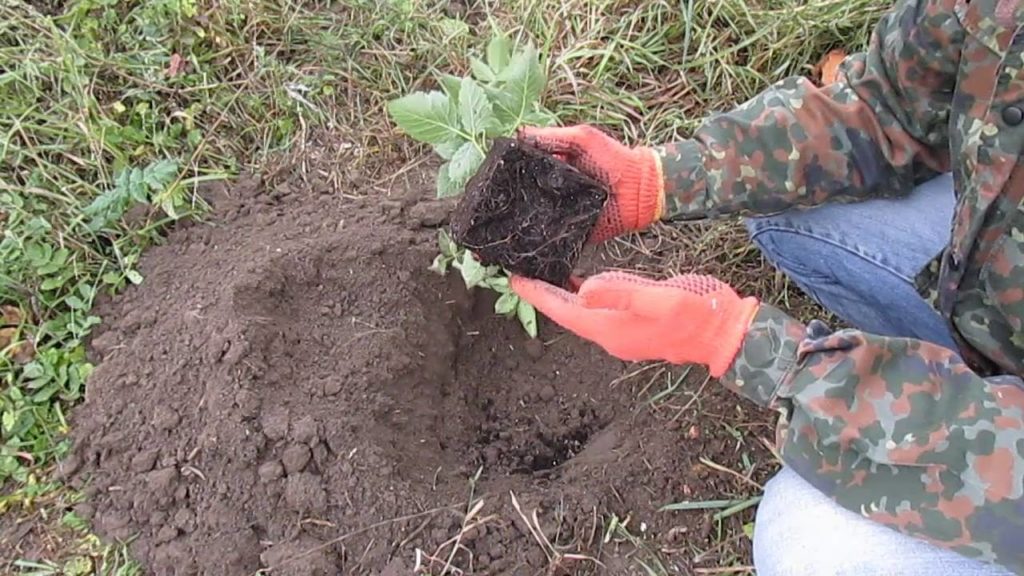
Optimal climatic conditions
The plant is a native of the southern regions. Therefore, it grows and bears best in regions with mild winters and long, warm summers. Moreover, the plant is sensitive to the number of sunny days. But breeders create frost-resistant varieties and hybrids with a short ripening period. Subject to the rules of care and the correct selection of the type, you can get two bountiful harvests in problem regions.
Top dressing
Blackberries are responsive to organic inputs. When planting, it is recommended to fill the planting hole with compost or humus. During the season, it is recommended to add compost mixed with mulch under the bushes 2-3 times. In the fall, under each plant, it is required to apply phosphorus-potassium fertilizers in the amount of 20 g. It is recommended to loosen the soil after application and cover with mulch.
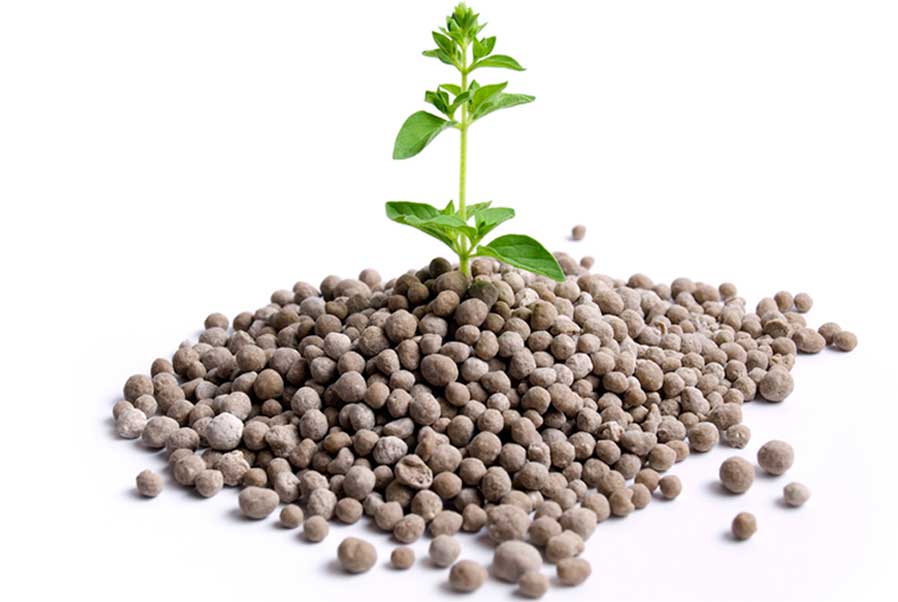
After the snow melts, it is required to feed the bushes with nitrogen fertilizers (urea). 10-12 g should be added under each plant. Then it is recommended to remove the old mulch and cover the trunk space with a new one.The layer should be 15-20 cm thick.
Pruning
After the plant leaves wintering, it is recommended to carry out sanitary pruning. All frozen, broken shoots are subject to removal. Then 2-3 pinches are carried out in the summer: lateral fruiting shoots are shortened at a height of the main one of 30 cm and 70 cm.In autumn, all shoots (old and new) are shortened to the size that the grower can cover.... If you plan to get one crop, old shoots are cut at ground level.
Diseases and pests: ways to deal with them
Due to the peculiarities of cultivation, remontant blackberries are practically not affected by the raspberry beetle and the raspberry fly. But in a dry summer, the plant is threatened by a spider mite. To prevent damage to plantings, it is recommended to monitor soil moisture.
Landings are sometimes affected by anthracnose. To prevent the disease, it is recommended to make timely feeding.
Shelter for the winter
Blackberries need shelter for the winter. For this, spruce branches collected in the forest are suitable. It will protect plants from damage by mice. The hemp is completely covered with spruce branches, and on top - with straw (it will give warmth). It is recommended to stick several branches near the plantings on the south side to ensure the retention of snow in winter.
